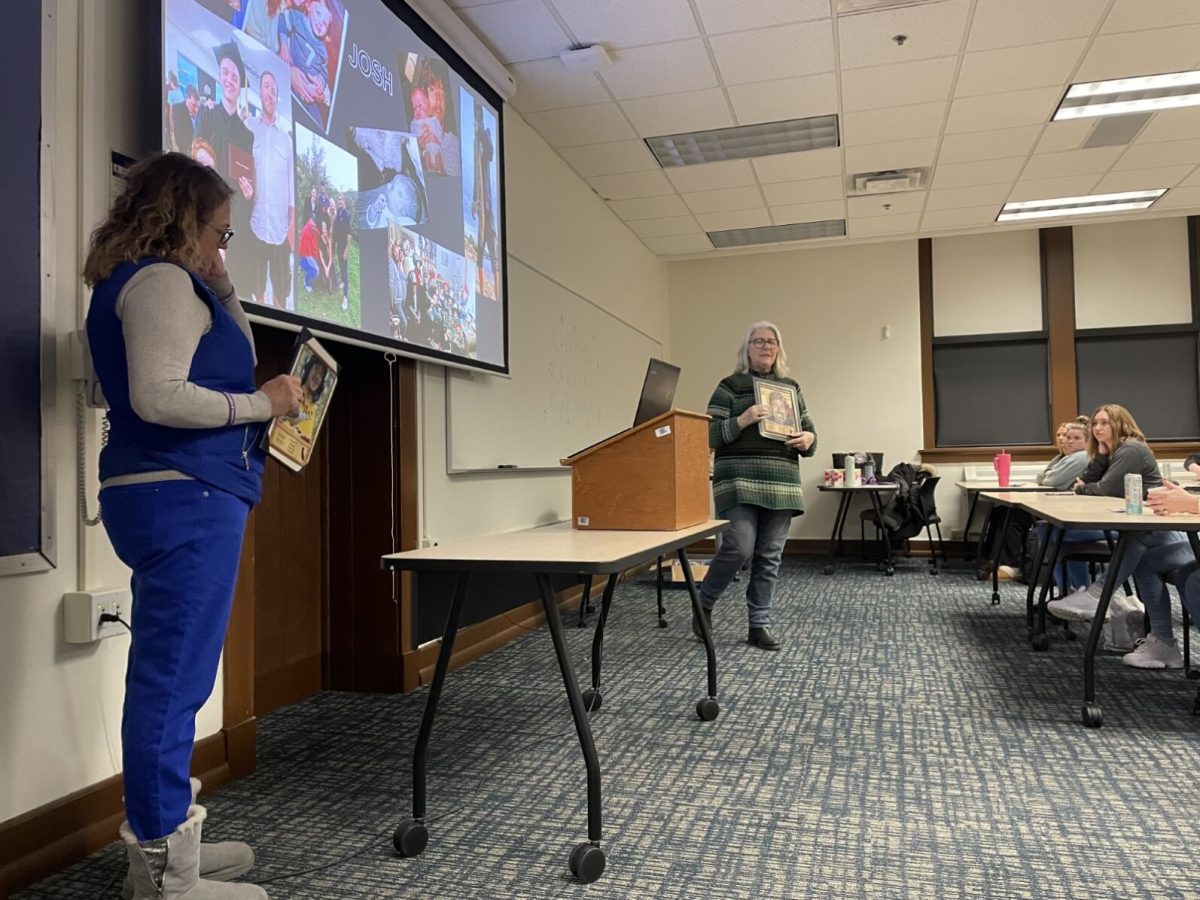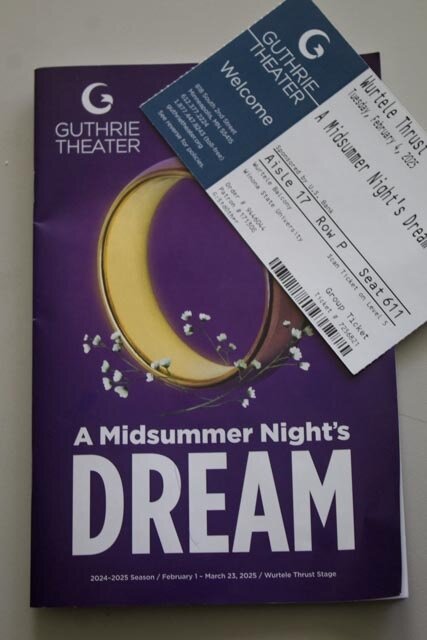Following her directorial debut with “Promising Young Woman”, director Emerald Fenell came back with “Saltburn”, a black comedy thriller showcasing the differences in social classes, as well as the obsession to achieve being ultra-rich.
Throughout the movie we follow the friendship of Oliver, our protagonist from a middle-class family and Felix, the favorite son of his rich family and who was shown to be the perfect person, being extremely popular everywhere he goes. This friendship takes us to the location of “Saltburn”, a country house belonging to Felix’s family where Oliver is invited to as Felix tries to make him feel happier after his father’s death.
The family of Felix is composed of his father, mother, and sister. Every single person in this family acts extremely different from our protagonist, each one of them having a different approach to their wealth. Oliver’s friendship quickly develops into an obsession with Felix and ends up with him obsessing over the whole family and the way to take over them, taking away their wealth and Saltburn from them.
The theme of wealth and class is approached in many ways throughout the movie, such as clothing, manners, and language. This makes it so that our protagonist must make an extra effort coming from a middle-class family, making the audience feel alienated from this almost godly richness, as well as showing the hypocrisy of the rich classes feeling “sorry” or wanting to hide their privilege.
One of the greatest aspects of the movie, and where it easily excels at, is the cinematography. The composition of frames in the movie makes everything seem more beautiful and majestic, closely resembling renaissance paintings at moments, which is genuinely used by the film to highlight even more the way in which this family can spend ridiculous amounts of money in furniture which is “pointless” or purely used for its visual effect.
Tied to this aspect, Saltburn was shown in a 1.33:1 aspect ratio, which exemplified even more the incredible locations in which the movie took place, making so that the characters felt as though they were in the background at times. This makes the audience realize more deeply about how different the lives of our two main characters are, showcasing the importance of looks and beauty, focusing on the garments, arts, and architecture of Felix’s family, while making a mockery of Oliver’s cheap clothes and low-class manners.
Even though the movie excels in the cinematography aspect, it falls short in writing. The biggest error the movie makes, is an ending montage showing the whole plot twist of the movie, and how this plot twist itself happened. The movie would have extremely benefited from leaving the audience to figure this out, as it was very predictable what was going to happen.
The film is also questionable in the way it portrays the middle class as a predatory group, trying to always steal from the higher classes and ending up as a tone-deaf representation. This thought gets even weirder, considering the director is someone who has always been in a wealthy position, and considered by many a nepo-baby.
Saltburn is more enjoyable watching it as a “weird” movie, showcasing these crazy people and situations with extreme tension and at times funny dialogue, and not as a commentary, as the movie fails extremely in this aspect.













































